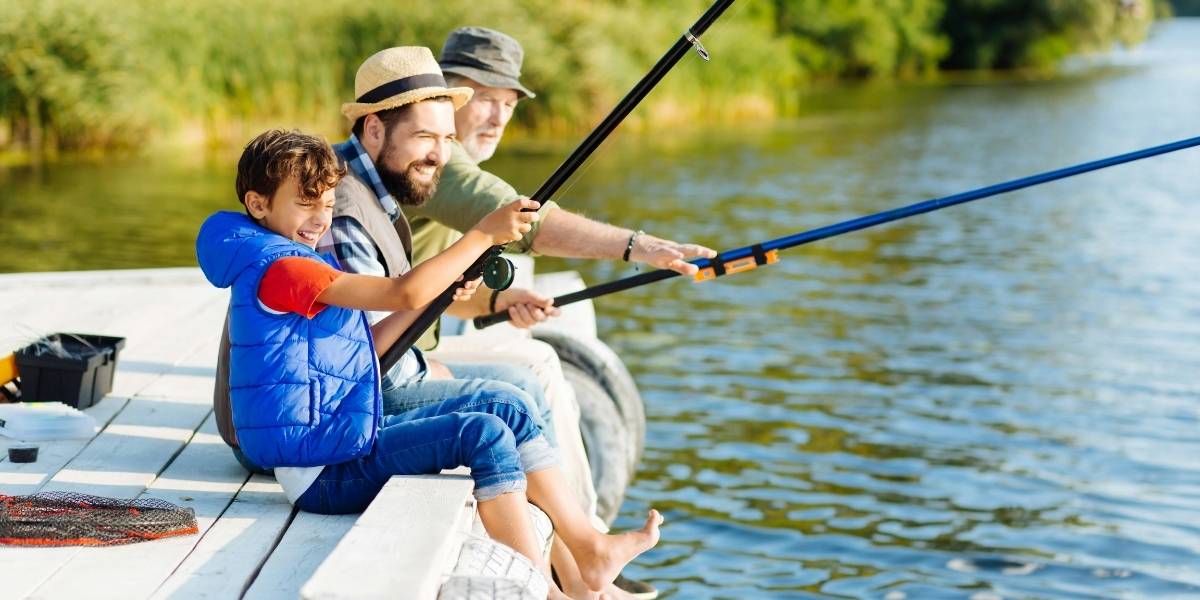Post-workout recovery is an important aspect of physical training, providing the body time to repair tissues, restore energy, and reduce muscle soreness. Among the various recovery methods, the use of saunas and cold plunges has attracted attention both in athletic and general fitness communities. These heat and cold therapies have distinct physiological effects that may influence recovery in different ways. Understanding their roles requires examining how each impacts the body after exercise and considering the context in which they are applied.
Read also: Wellness Activities Gaining Attention Worldwide
How Does Sauna Use Affect the Body Following Exercise?
Saunas expose the body to elevated temperatures, commonly between 70°C and 100°C (158°F to 212°F). This heat exposure leads to increased sweating and elevated heart rate, which mimic some cardiovascular effects of moderate exercise. After a workout, the dilation of blood vessels in response to heat—known as vasodilation—can improve blood flow, potentially assisting in the transport of oxygen and nutrients to fatigued muscles. Enhanced circulation might help with the removal of metabolic waste products generated during intense physical activity.
In practice, some individuals report reduced muscle tension and a feeling of relaxation after spending time in a sauna. The heat can promote the loosening of stiff muscles and joints, which may contribute to a subjective sense of recovery. It may also influence the autonomic nervous system, promoting parasympathetic activity that supports rest and recovery.
However, the rise in core body temperature and fluid loss through sweating means that careful attention to hydration is necessary. Using a sauna immediately following vigorous exercise without adequate fluid replacement may exacerbate dehydration, potentially hindering recovery. In some cases, prolonged or excessively hot sauna sessions could impose cardiovascular stress, especially in individuals with pre-existing health conditions.
The timing and length of sauna exposure vary among users, with sessions generally lasting from 10 to 20 minutes. Shorter durations or moderate temperatures may be better tolerated by some, particularly those new to heat therapy. Scientific studies examining the effects of sauna use after exercise have produced mixed results, with some indicating modest benefits in recovery markers, while others find little measurable effect. This variation may depend on factors including the type of exercise, individual fitness, and sauna protocol.
What Are the Effects of Cold Plunges on Post-Exercise Recovery?
Cold plunges involve immersion in cold water, usually between 10°C and 15°C (50°F to 59°F), for brief periods typically ranging from 5 to 15 minutes. Cold water immersion is thought to aid recovery primarily by reducing inflammation and muscle soreness that can occur following strenuous exercise.
When the body is submerged in cold water, blood vessels constrict—a process called vasoconstriction—that can limit blood flow to muscles and reduce swelling. This reduction in inflammation may alleviate delayed onset muscle soreness (DOMS), which typically emerges 24 to 72 hours post-exercise and is characterized by stiffness and discomfort.
Upon exiting the cold water, the body experiences vasodilation, increasing blood flow that could help clear metabolic waste and deliver nutrients needed for repair. Athletes and recreational exercisers often use cold plunges to feel less sore and to potentially accelerate the return to subsequent training sessions.
It is important to note that some research suggests cold water immersion may blunt the natural inflammatory response necessary for muscle adaptation, particularly after resistance training. This could result in diminished muscle growth or strength gains if cold plunges are used too frequently or immediately following strength-focused workouts.
Individual tolerance to cold varies considerably, and prolonged exposure may lead to numbness, discomfort, or in rare cases, hypothermia. Most practitioners limit immersion time and carefully monitor their response to cold therapy.
What Happens When Saunas and Cold Plunges Are Combined?
Alternating between heat exposure in a sauna and cold immersion in water is known as contrast therapy. The underlying idea is that cycling between vasodilation from heat and vasoconstriction from cold may stimulate blood circulation more effectively than either treatment alone.
This approach aims to reduce muscle soreness, flush out metabolic byproducts, and promote relaxation through the repeated expansion and contraction of blood vessels. Anecdotal evidence from users often notes feeling refreshed or less stiff after contrast therapy sessions.
However, scientific support for contrast therapy’s superiority over single-temperature treatments is limited and inconsistent. Outcomes appear to depend on the specific protocols used, the individual’s health, and the nature of their physical activity.
People with cardiovascular or other medical concerns should approach contrast therapy with caution, as rapid shifts between hot and cold environments can place stress on the heart and vascular system.
What Are Important Considerations When Using Saunas and Cold Plunges for Recovery?
Saunas and cold plunges can be incorporated into recovery routines, but neither should be viewed as a standalone solution. Recovery involves multiple factors such as nutrition, hydration, rest, and active recovery through light exercise or stretching.
Hydration plays a crucial role, particularly with sauna use, since sweating leads to significant fluid loss. Failure to adequately rehydrate can slow recovery and affect overall health. With cold immersion, while fluid loss is minimal, the cold stress may affect cardiovascular function and should be approached carefully by those with underlying conditions.
The timing of these therapies is also important. Cold plunges may be less beneficial immediately following resistance training, when some inflammation is part of the muscle adaptation process. Delaying cold exposure for several hours after such workouts might help balance recovery and training adaptations.
Individual responses to heat and cold therapies vary, and what works for one person may not for another. Experimentation with duration, temperature, and frequency—ideally guided by health or fitness professionals—can help optimize benefits and minimize risks.
Read also: Pilates and the Rise of Mindful Fitness
How Do Saunas and Cold Plunges Fit Into Broader Recovery Strategies?
Incorporating saunas and cold plunges within a comprehensive recovery plan can offer complementary effects. Heat exposure can encourage muscle relaxation and promote blood flow, which may be helpful after endurance activities or long training sessions. Cold immersion might be more suited for managing inflammation and soreness following high-intensity or strength training.
Combining these therapies with established recovery practices—adequate protein intake to support muscle repair, sufficient sleep to aid tissue recovery, and gentle movement to maintain circulation—provides a more balanced approach to post-exercise restoration.
Ongoing research continues to explore the physiological mechanisms and practical outcomes of heat and cold exposure after exercise. Current evidence suggests that both saunas and cold plunges have potential benefits but also limitations, and their effectiveness may depend on individual factors and specific training contexts.
Saunas and cold plunges are widely used recovery methods that influence the body through distinct physiological pathways. While neither offers a comprehensive recovery solution on its own, each may provide benefits when integrated thoughtfully into post-workout routines. Awareness of their effects, appropriate timing, and individual tolerance are key to safely incorporating these therapies into broader recovery strategies.








